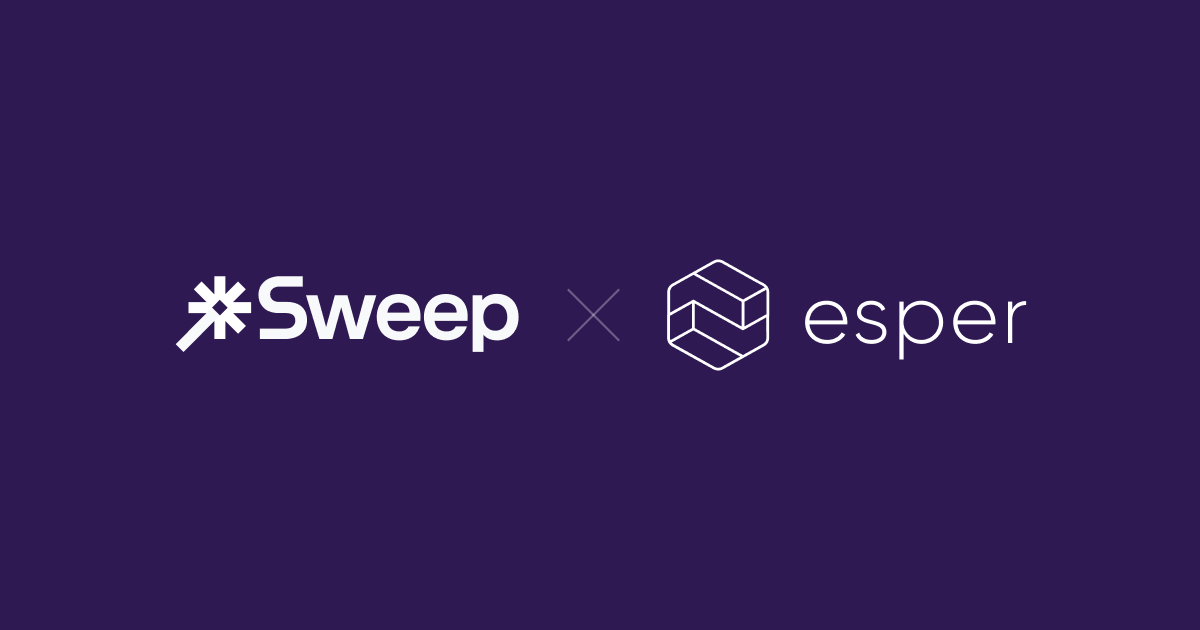

Cold calling can be a daunting task, but it is a powerful tool for building connections and generating leads. To be successful, it's essential to find your own authentic voice, come with a positive attitude and high energy, open up the call well and ask tailored questions, and approach the process with genuine curiosity and purpose. In this blog post, I'll explore six crucial steps to master cold calling and turn it into a valuable skill for your business development efforts.
Step 1: Finding Your Authentic Voice
Everyone has a unique communication style, and cold calling is no exception. It's essential to discover what sounds natural to you and aligns with your personality. Trying to imitate someone else's approach, even if successful for them, may not work for you. Instead, embrace your own strengths and use them to your advantage.
My colleague at my previous company was in-cred-ible at cold calls — he found a couple of openers that worked for him (“Yes, this is a cold call, are you willing to roll the dice?” and “I know I caught you out of the blue, do you have a minute to chat?”) and people always seemed to give him the time of day to chat. Any attempt of mine to “steal his script” felt unnatural and simply didn’t land the same results. What I could take from his success was the importance of coming across authentically.
So, if you’re just starting out, write a script for you that sounds like the way you speak and then say it out loud. Speak it to yourself in the mirror. Practice with your colleagues, and ask them to throw some hard balls! Remember, you’re not glued to the script, the script is meant to help you have confidence and a formula to go back to. In practice, no cold call will follow perfectly to your script, so it’s important to react in the moment and experiment with responses. Maybe you’ll strike gold, and it’ll be authentically yours.
Step 2: Smile and stand up!
As you flash a grin, something magical happens – your voice becomes warm and welcoming, and your energy becomes infectious. That smile sets the tone for the entire conversation, making the prospect more receptive to what you have to say. It's like a secret weapon that instantly puts people at ease, creating a connection that's more personable and genuine.
Also, when you stand up while making those calls, you're giving yourself an instant boost of confidence and enthusiasm. It's like tapping into a hidden reserve of energy that takes your communication to a whole new level. Standing allows you to breathe more freely, and that breath control translates into a more steady and engaging voice. Your posture also influences your mindset – you'll feel more alert and focused, ready to tackle any objections that come your way. So, next time you pick up that phone, stand tall, and let that positive energy flow through your conversation!
Step 3: Permission-based opener
Okay, your prospect has answered the phone. When opening up the call, start off by saying your name and company, squeeze in some context, and then ask to continue the conversation.
This can go like: “Hey, this is Tess from Sweep. Saw you downloaded our eBook on improving visibility in Salesforce, wanted to connect and hear what drew your interest. Do you have a minute to speak?” or “Hey, this is Tess from Sweep. Noticed on LinkedIn you’re a RevOps team of one, was curious to hear how you’re handling managing Salesforce requests from your GTM team. Do you have a minute to speak?” The prospect says sure, they’ve got a minute to speak – you got your permission to continue the conversation.
Step 4: Reason for Calling
Now it’s time to break down the reason for your call. Explicitly saying “the reason for my call is…” is very satisfying for people to hear – it removes the guesswork as to why you’re calling and enables you to guide the conversation.
Try laying out two scenarios, and ask if either of them resonate with your prospect. For example, I can say:
“We’re helping RevOps teams solve for a couple main challenges: 1. The first being, they’ve had Salesforce for a long time, have had a number of hands in it, and so it’s difficult to decipher what’s been built and what dependencies there are
2. The other challenge that we’re solving for is a lack of bandwidth for RevOps folks to accomplish everything that’s asked of them - for example, a backlog of requests from a number of different teams
How do those resonate with you?”
Or, as another example:
“We’re helping Sales leaders that don’t have a Salesforce admin to solve for:
1. One, visualizing your entire Salesforce configuration, making it easy to understand what’s been built and create documentation to align stakeholders
2. Two, bridging the gap in technical knowledge in managing Salesforce by simplifying configuration, so that you can make changes (including creating complex automation) in a few clicks
How do those resonate with you?”
What makes me feel more confident is leveraging research in my permission-based opener and reason for my call to point out things I noticed about the prospects’ company or their specific role (“noticed you don’t have a RevOps/Salesforce admin on your team;” “noticed you’re one RevOps supporting the whole GTM function;” “noticed there are a company Salesforce admins configuring the CRM”).
Step 5: Asking Open-Ended Questions with Purposeful Curiosity
Make sure to ask open-ended questions that elicit meaningful responses from the prospect. Open-ended questions cannot be answered with a simple "yes" or "no" and encourage the person to share more details about their pain points and challenges.
Before making the call, research your prospect's company and industry. Tailor your questions to show that you genuinely understand their needs. For example, "How do you currently handle [specific pain points] in your organization?" or "What challenges are you facing with [certain areas of interest]?" These questions demonstrate that you are genuinely interested in their unique situation.
Step 6: Pitching a Meeting, Not a Sale
It's important to remember that cold calling is primarily about establishing a connection and gauging interest. Your goal is not to sell your solution on the spot but to secure a meeting to discuss their pain points further and explore how your product or service can be of help.
When the conversation is flowing smoothly, and you have identified areas where your solution could be beneficial, suggest scheduling a meeting to explore the possibilities in more detail. For instance, "I believe we have potential solutions that can address the challenges you mentioned. How about we schedule a short meeting next week to delve deeper into this topic?"
A phrase that has worked for me is: “If I could make a suggestion…” It serves as a pattern interrupt and piques prospects' interest because it subtly conveys a sense of value and helpfulness. When you use this phrase, you're positioning yourself as someone who genuinely wants to assist and provide valuable insights rather than just pushing a sales pitch.
As soon as you feel like you’ve sold the meeting, drop this phrase: “Do you have your calendar handy?”
Cold calling requires finding your authentic voice, coming with high-energy, asking purposeful open-ended questions, and understanding that the goal is to secure a meeting, not make an immediate sale. Cold calling may not be everyone's favorite task, but with practice and a genuine approach, it can become an effective tool in your business development arsenal. Embrace your uniqueness, be positive, display genuine curiosity, and remember that building relationships is the foundation of successful cold calling.
Happy calling!











